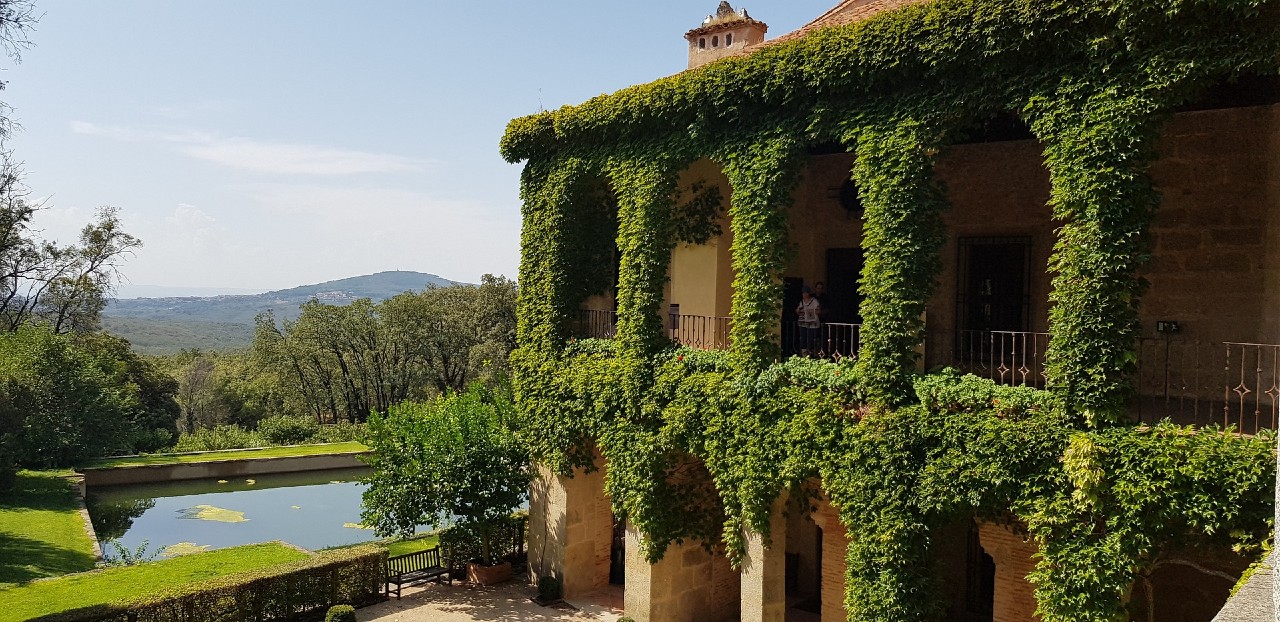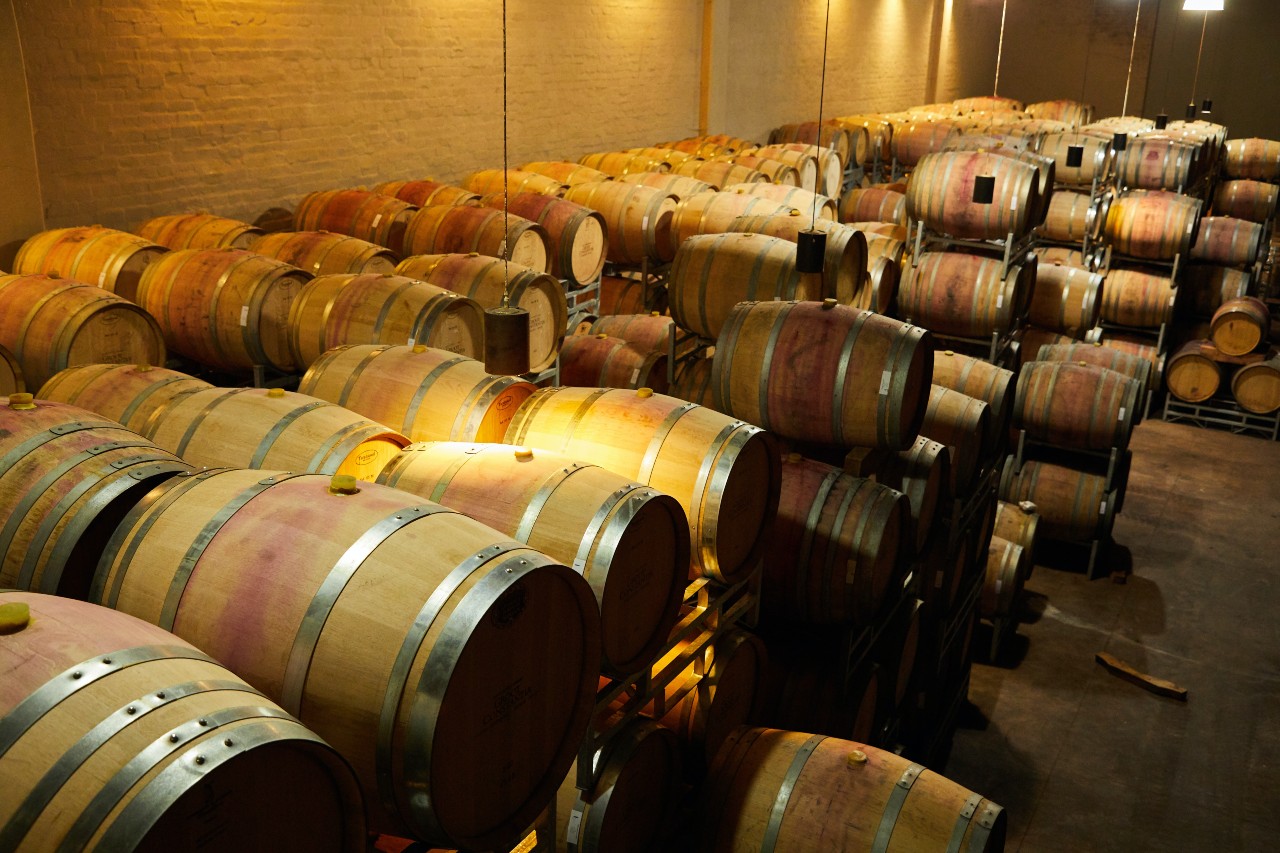
A delightful film in which the gastronomy of the West faces up to Asian gastronomy, specifically the Indian.
The Swede Lasse Hallström is a talented director who decided to adapt for the cinema Richard Morais’s best-seller of the same name – The hundred-foot journey. His films include works such as “Chocolat” and “Salmon Fishing in the Yemen”.
Regarding Morais, the novel’s author, he is an American writer raised in Switzerland who spent seventeen years in London, as editor-in-chief at Forbes where his international coverage brought him six nominations and three Business Journalist of the Year Awards. He now lives in New York. With his first novel, “The hundred-foot journey”, Morais has been published in more than twenty countries.
This story explores issues such as displacement, searching, the clash of culinary passions and respect for cultural diversity, all set on French soil. Whilst they are travelling through Europe looking for their ideal place, there are charming scenes and phrases which explain very well the cultural differences which they face, such as that used by the father and leader of the Kadam family who when searching for the vegetables that they used to buy in Bombay declares….” Vegetables in England have no soul, they have no life!”
Hassan Haji was born in the flat above his Grandfather’s restaurant in Bombay, raised amongst the smell of curry and the flavour of the spices, which together with the teachings of his mother in the family’s restaurant in the India of his birth, led to him being blessed with an unbeatable palate. But tragedy forces his family into exile and after their picaresque journey Hassan and his family settle in a village in the French Alps, precisely the small village of Saint-Antonin-Noble-Val in the South of France where the famous chef Madame Mallory presides over the sophisticated Le Saule Pleureur, a classic French Restaurant with one Michelin star.
If ostensibly “The hundred-foot journey” is a film about food and the cultural differences between France and India, it also sets out to explore in detail other deeper questions. Such as the recognition of another as a means to enrich one’s own knowledge. Yes, because to her horror the great French chef discovers that Hassan, the young man from across the street is a chef with an innate talent far superior to her own.
Another issue explored for example is rebellion against ancestral power, when Hassan now reconciled with Madame Mallory and vice versa, are cooking Boeuf Bourguignon, which is by the way, the famous French dish that Julia Child taught the Americans how to prepare in the fifties (read my post here) Hassan adds a spice which delights Madame Mallory but which even so leads her to doubt a recipe that has been prepared in the same way for more than 200 years. Hassan with tact and intelligence answers her saying: “A dish with 200 years of history has many years of history… It shall be called Boeuf Bourguignon, Hassan’s way”; a truly charming scene.
On the other hand, Indian cooking is extensive, colourful and very spicy. Due to the use of spices such as garam masala, cumin, saffron, chilli, nutmeg, cardamom, turmeric, coriander, fennel, pepper, cilantro, poppy seeds, mace, ginger and garlic. The decoration of the dishes and that of the restaurants is lively and exotic.
The film also gives us the opportunity to remember the forerunners of French cooking specifically in those scenes when Hassan enters the run-down kitchen of the old restaurant which will eventually become the Maison Mumbai, and finds a superb collection of books on French cuisine including for example, first editions of authors such as Jules Gouffe and the Cordon Bleu.
|
It’s really interesting to see the spirit and strength which any immigrant who wants to settle, live and work in the hard Europe of our times must possess. The loneliness of the chef who behind the fame cries before an Indian dish which fills him with sensations and where he can experience the reality of phrases he himself utters during the film such as for example, “Savour the souls that are inside each ingredient” and “Meals and smells are memories”. All of this is seasoned with an enticing musical score, excellent in its way as are the locations, perfectly captured by Linus Sandgren, with beautiful textured photography. It has to be said that if one of the missions of “The Hundred Foot Walk” is that we start to feel hungry and go running to an Indian restaurant as soon as the film is over, it achieves this with flying colours. For me, the two love stories which develop through the film, are not the centre of attention and are not important compared to the plasticity of the images offered to us in each frame.
|
The Hundred-Foot Journey Year: 2014 Runtime: 122 min. Country: USA address: Lasse Hallström. Script: Steven Knight (Libro: Richard C. Morais) |
|---|---|
The Hundred Foot Journey is a novel with universal scope, a succulent delicacy able to satisfy the most varied tastes: it has been included in Amazon’s best books selection and that of independent bookshop owners in The Indie, Next List, and also on media such as the New York Times Book Review, National Public Radio and The Oprah Magazine. It has been translated into twenty-one languages and the producer DreamWorks was responsible for the film version.
|
BOOK DETAILS Number of pages: 320 pages. Cover: Paperback Publisher: ALMA BOOKS Language: English Price: 7,99 Pounds |















